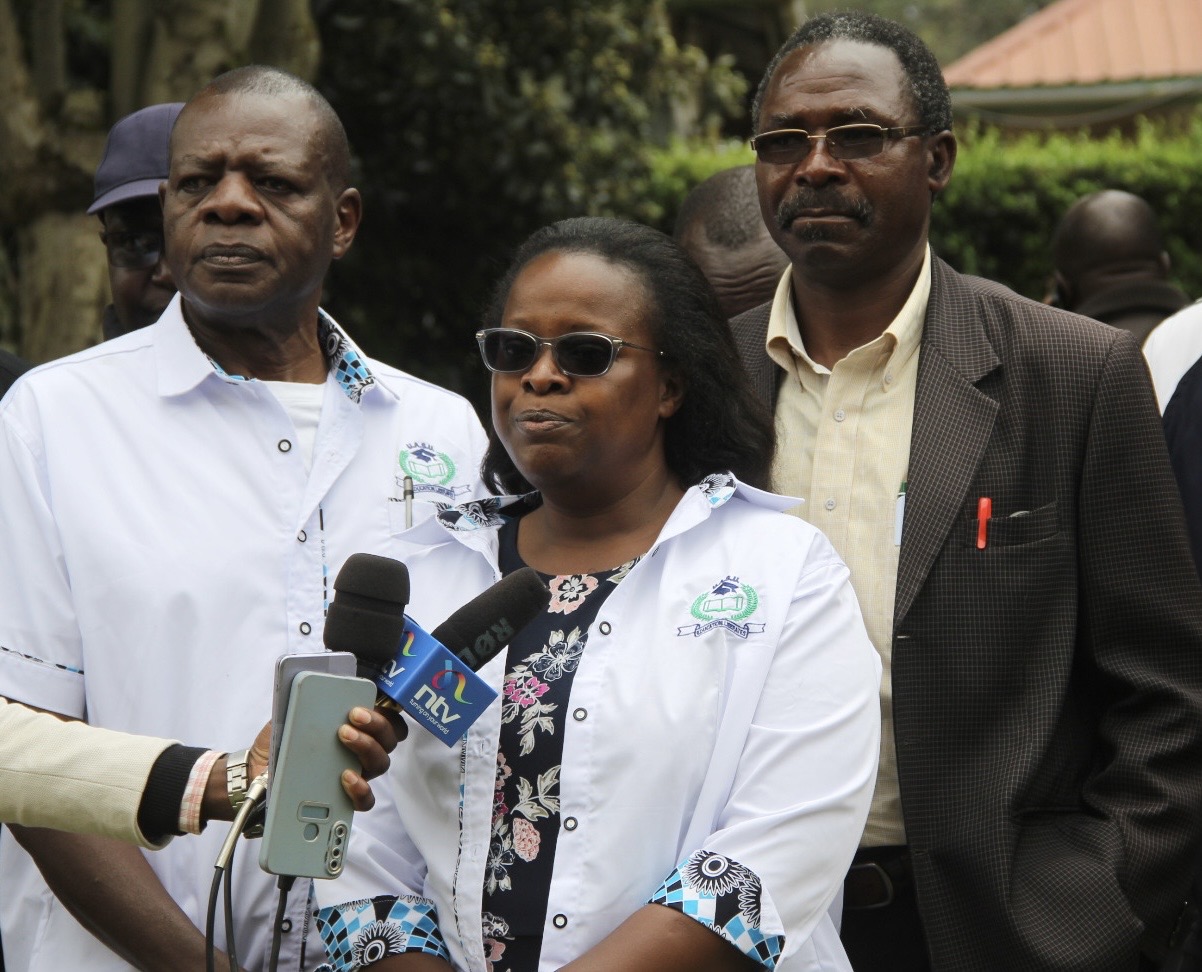

Learning at Moi University remains at a standstill as the lecturers strike enters its second week, with the University Academic Staff Union standing firm on its list of 25 demands.
Central to the dispute is the lecturers insistence on the full payment of
arrears amounting to Sh9 billion, which they say must be settled before normal
teaching can resume.
Students are growing increasingly frustrated. Led by their representative Pauline Jeruto, they have urged the Ministry of Education to step in and mediate between the union and the university management.
Jeruto accused the government of dragging
its feet while the university sinks deeper into financial and management
turmoil.
“As students, we go to the
university to learn and nothing else. Our lecturers have genuine demands, which
must be addressed. They cannot teach without being paid their dues,” she said, calling on Education CS Julius Ogamba to urgently push the
council and management to resolve the crisis.
Meanwhile, the university management
under vice chancellor Kiplagat Kotut has made fresh attempts to
revive negotiations with UASU. This was after talks held earlier this
week collapsed, with union officials dismissing the university’s offer as inadequate.
Union branch secretary Wegesa Busolo said the lecturers were being asked to settle for far less than what they are entitled, both financially and in terms of other benefits.
“The management
summoned us for what they said was consultation, but at the meeting in Nairobi, we could not agree on what they were offering for us to call off the strike,”
he said.
According to UASU, the arrears include Sh5 billion in unremitted pension funds, leaving many staff retiring without benefits.
Busolo said the lecturers are also demanding their
unpaid June and July 2025 salaries, which should be settled in line with the
2021–25 Collective Bargaining Agreement.
The union further accuses the university of violating the return-to-work formula signed in November 2024, which contained 25 clauses that Busolo says have been “completely ignored” by the management.
He said soon after new leadership was appointed at
the university, more than 120 lecturers were declared redundant, worsening an
already dire situation.
Moi University employs more than 1,000 lecturers under UASU.
Busolo claimed that Sh500 million released last year to
ease workers’ financial woes was diverted to offset loans owed to
banks, while staff continue to work without pensions, promotions or medical
cover.
UASU vice chairperson Linda Khaemba lamented that the suffering of lecturers is eroding their dignity and setting a poor example for students.
“We wonder what
image we are giving to our young people who see their lecturers suffering
without any dignity. It’s becoming difficult to go to class and tell our
students to work hard and promise them a bright future, yet they can see how we
are struggling,” she said.
Khaemba said signed CBAs and agreements at the university have consistently been ignored.
“This time we will
not go back without our demands being met. We have been taken for a ride for
too long,” she said.
VC Kotut, however, has
expressed optimism that renewed talks with UASU could help unlock the impasse
and bring the lecturers back to class.
The crisis at Moi University highlights a long-brewing standoff between lecturers and management that extends beyond unpaid salaries into deeper structural failures. With Sh9 billion in arrears, unremitted pensions and ignored agreements, the strike exposes chronic underfunding and mismanagement that threaten the institution’s stability. Students, now caught in the middle, are pressuring the Ministry of Education to intervene, but little progress has been made. Unless urgent action is taken, the impasse risks prolonging the paralysis of learning and further damaging the university’s reputation, underscoring a broader national challenge of sustaining public higher education.













